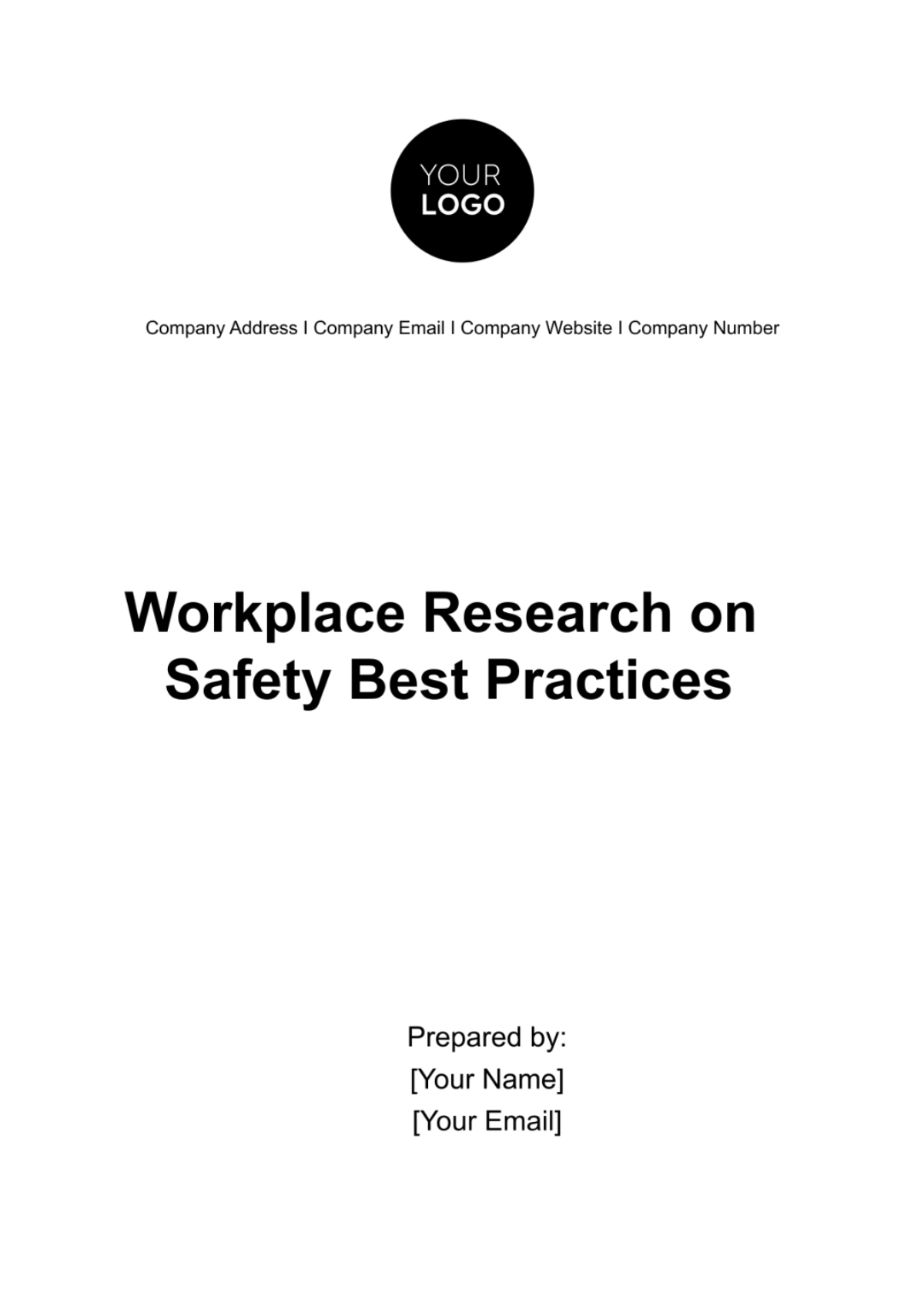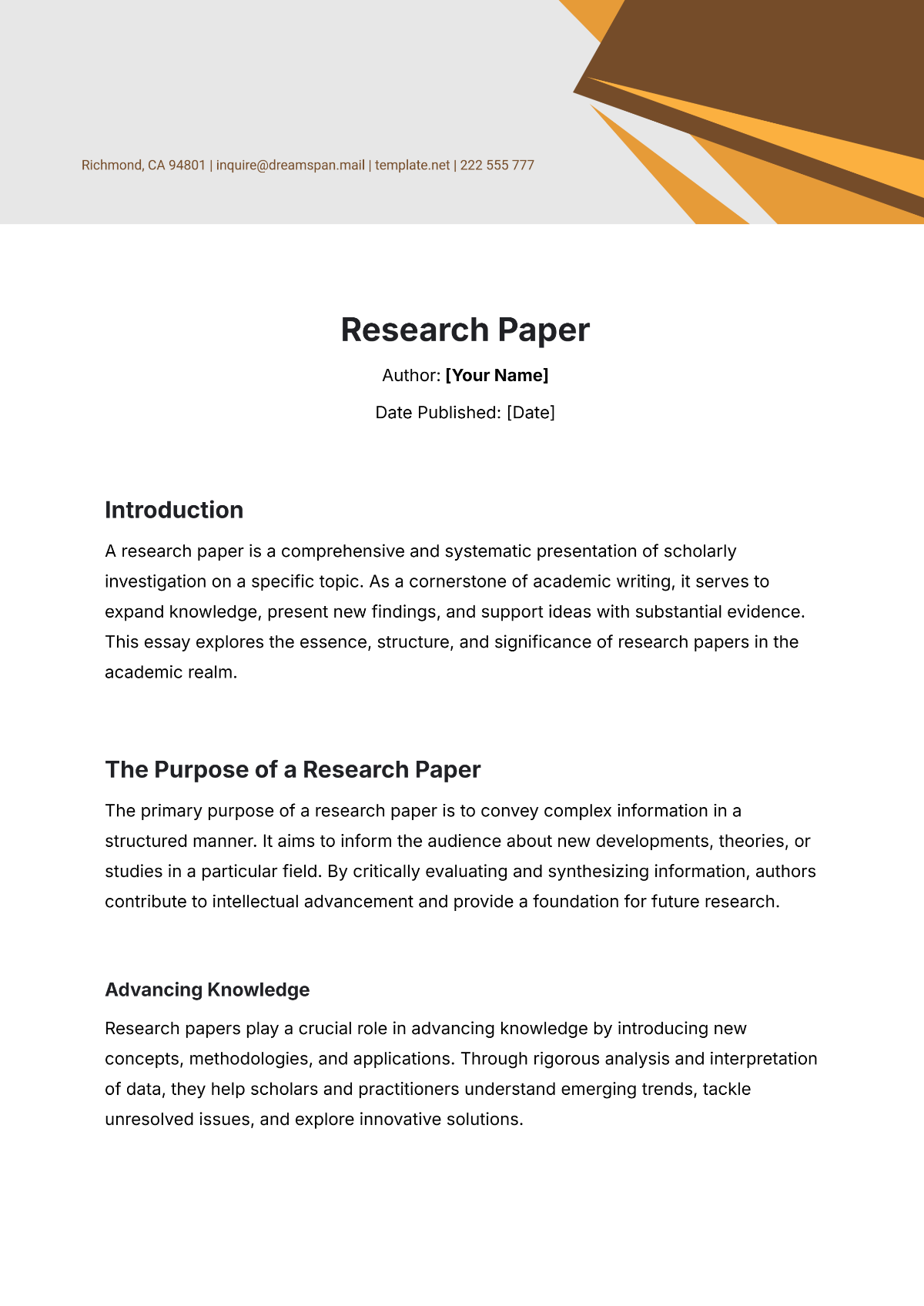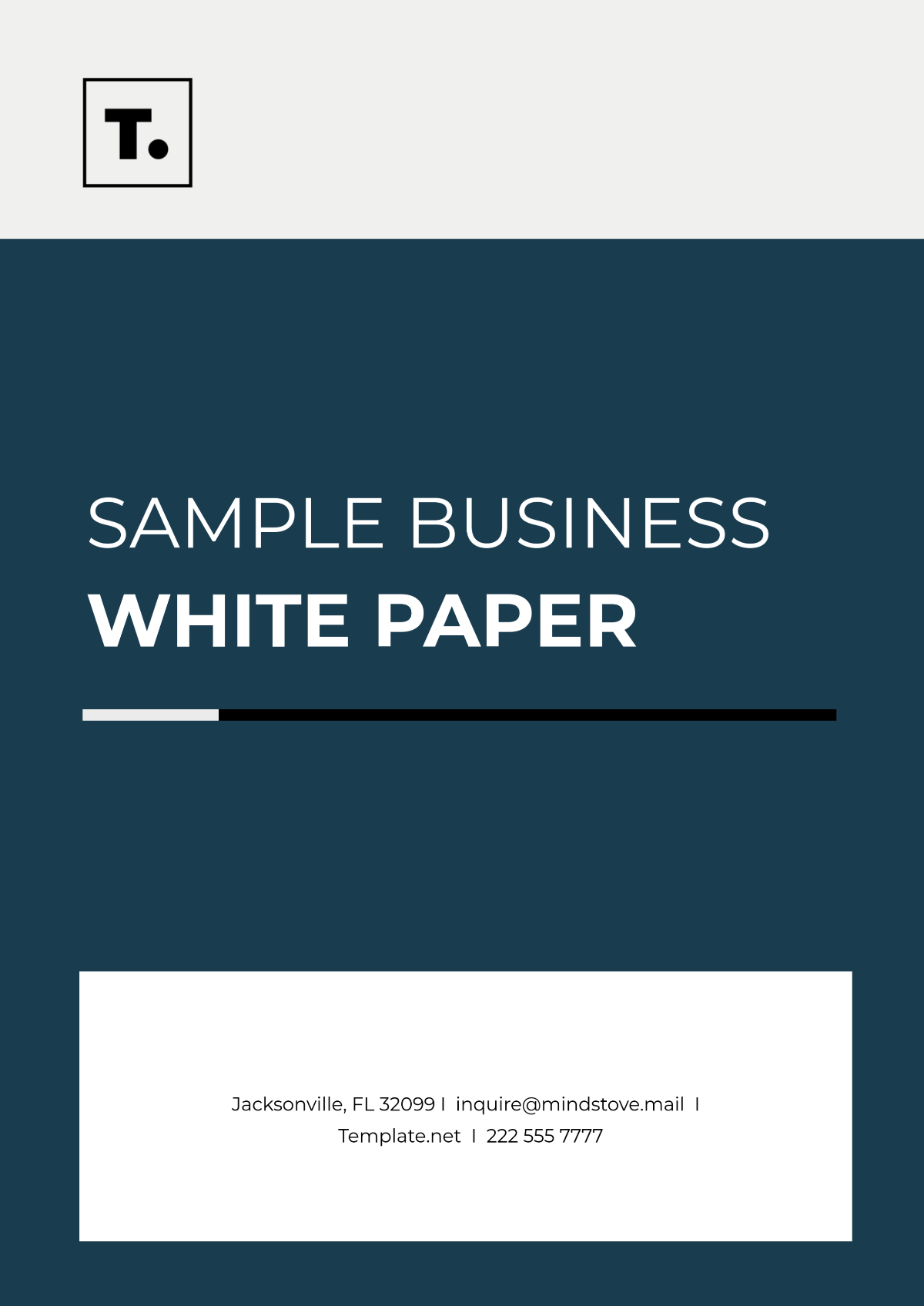Free Workplace Research on Safety Best Practices

- 100% Customizable, free editor
- Access 1 Million+ Templates, photo’s & graphics
- Download or share as a template
- Click and replace photos, graphics, text, backgrounds
- Resize, crop, AI write & more
- Access advanced editor
Enhance workplace safety with the Workplace Research on Safety Best Practices Template from Template.net. This editable and customizable template, utilizing our Ai Editor Tool, empowers you to conduct comprehensive research. Easily tailor it to your specific needs, ensuring a personalized and informed approach to safety practices. Elevate your workplace safety standards with this user-friendly template.
You may also like
Workplace Research on Safety Best Practices
I. Introduction
Welcome to [Your Company Name]'s Workplace Research on Safety Best Practices. In our commitment to fostering safe and compliant workplaces across the United States, we have meticulously compiled this comprehensive guide. It serves as a valuable resource for employers, employees, and safety professionals, offering insights into the latest safety standards and practices.
In these pages, you will find essential information on regulatory compliance, risk assessment, safety policies, training, hazard control, emergency response, incident reporting, safety equipment, and much more. We aim to empower organizations with the knowledge they need to prioritize the health and safety of their workforce.
II. Regulatory Compliance
To ensure the well-being of your employees and the integrity of your organization, it is crucial to align with federal and state health and safety laws and standards. This section provides a comprehensive overview of the key aspects of regulatory compliance.
1. Federal Regulations
OSHA (Occupational Safety and Health Administration): OSHA is the primary federal agency responsible for setting and enforcing workplace safety and health regulations. We offer in-depth insights into OSHA standards relevant to your industry, ensuring that you have a clear understanding of your obligations.
EPA (Environmental Protection Agency): Beyond workplace safety, environmental considerations are vital. Learn about EPA regulations that pertain to environmental safety, hazardous materials management, and waste disposal, helping you maintain a safe and eco-friendly workplace.
2. State Regulations
State-Specific Requirements: Each state may have unique safety regulations that complement federal standards. Our guide provides an overview of how your state's regulations align with federal guidelines, ensuring you stay compliant with local laws.
3. Industry-Specific Regulations
Specialized Standards: Depending on your industry, there may be specialized safety regulations. Whether you are in construction, healthcare, manufacturing, or another sector, we provide tailored information about industry-specific standards, helping you navigate complex compliance requirements.
4. Compliance Documentation
Recordkeeping: Effective recordkeeping is an integral part of compliance. Our guidance outlines the recordkeeping requirements for safety-related incidents, inspections, and employee training. Accurate documentation is essential for demonstrating your commitment to safety and regulatory compliance.
III. Risk Assessment
At [Your Company Name], we recognize that conducting a thorough risk assessment is the cornerstone of a robust safety program. Identifying, evaluating, and mitigating potential hazards is vital to safeguarding your employees.
1. Hazard Identification
Recognizing Potential Hazards: Guide identifying various workplace hazards, including physical, chemical, biological, ergonomic, and psychosocial. A comprehensive understanding of these hazards is the first step toward effective risk mitigation.
2. Risk Evaluation
Severity and Likelihood: Understanding how to assess the severity and likelihood of identified hazards is crucial. Our experts will walk you through the process of evaluating these factors, enabling you to prioritize mitigation efforts effectively.
3. Risk Control
Hierarchy of Controls: Learn about the hierarchy of controls, which includes elimination, substitution, engineering controls, administrative controls, and personal protective equipment (PPE). We help you implement these control measures effectively to minimize risks.
4. Documentation and Monitoring
Risk Assessment Records: We provide guidelines for maintaining accurate records of risk assessments and ongoing monitoring to ensure the continued safety of your workplace.
5. Employee Involvement
Worker Input: Encouraging employee participation in the risk assessment process is invaluable. We emphasize the importance of involving your workforce in hazard identification and mitigation efforts, as their insights can enhance workplace safety.
IV. Safety and Procedures
At [Your Company Name], we recognize that clear and effective safety policies and procedures are the foundation of a safe and compliant workplace. These policies outline the rules and guidelines that every employee must follow to ensure their safety and well-being.
Safety Policies and Procedures | Key Guidance and Best Practices |
Policy Development |
|
Procedure Implementation |
|
Employee Training |
|
Communication |
|
Enforcement and Compliance |
|
V. Training and Education
Comprehensive training is crucial. Here are ten essential training programs to ensure workplace safety:
|
|
VI. Hazard Identification and Control
At [Your Company Name], we prioritize the safety of your workplace through effective hazard identification and control. Identifying potential dangers and implementing controls are essential steps in ensuring the well-being of your employees.
1. Hazard Recognition
Types of Hazards: Understand the various hazards present in your workplace, such as physical, chemical, biological, ergonomic, and psychosocial.
2. Risk Assessment
Assessing Severity and Likelihood: Evaluate the severity and likelihood of identified hazards to prioritize control measures effectively.
3. Hierarchy of Controls
Elimination and Substitution: Explore strategies to eliminate or substitute hazards.
Engineering Controls: Learn how to implement engineering solutions to minimize risks.
Administrative Controls: Establish administrative procedures to enhance safety.
Personal Protective Equipment (PPE): Understand the proper use and selection of PPE as a last line of defense.
4. Control Implementation
Effective Control Measures: Implement the chosen control measures and ensure they are properly maintained.
5. Documentation and Review
Recordkeeping: Maintain records of hazard identification, risk assessment, and control measures for compliance and continuous improvement.
Regular Reviews: Periodically review and update hazard assessments and control measures to adapt to changing conditions.
VII. Emergency Response and Evacuation
At [Your Company Name], we prioritize the safety and well-being of your employees through meticulous emergency response and evacuation planning. We understand the critical importance of being prepared for unforeseen events. This section outlines key elements for effective preparedness and response.
1. Emergency Planning
Risk Assessment: Begin by identifying potential emergency scenarios that could occur in your unique workplace environment.
Response Team: Designate and train an emergency response team responsible for making crucial decisions and coordinating responses during emergencies.
2. Emergency Procedures
Response Protocols: Develop clear, step-by-step procedures for various emergency scenarios, including fires, natural disasters, and workplace accidents.
Communication: Establish reliable communication channels to quickly alert employees and relevant authorities during emergencies.
3. Evacuation Planning
Evacuation Routes: Identify and mark primary and secondary evacuation routes throughout your facility.
Assembly Points: Designate safe assembly points outside the building where employees can gather after evacuation.
Special Needs Considerations: Ensure that your evacuation plan addresses the specific needs of individuals with disabilities or other unique requirements.
4. Training and Drills
Regular Training: Conduct ongoing training sessions to ensure that all employees understand their roles and responsibilities during emergencies.
Drills and Exercises: Organize regular drills and exercises to allow employees to practice emergency response procedures and improve their readiness.
5. Equipment and Resources
Emergency Supplies: Maintain a sufficient stock of emergency supplies, including first-aid kits and fire extinguishers, to support immediate response efforts.
Emergency Contacts: Compile a comprehensive list of emergency contact numbers for both employees and relevant authorities.
VIII. Incident Reporting and Investigation
Timely and accurate incident reporting and investigation are pivotal to maintaining a safe workplace. In this section, we outline a structured process to ensure thorough incident handling and compliance.
IX. Safety Culture
Fostering a culture of safety is paramount. It's an organizational commitment to prioritize safety at all levels, empowering employees to proactively identify and mitigate risks. A robust safety culture not only aligns with US health and safety standards but also ensures the well-being of your workforce.
Leadership sets the tone by demonstrating a commitment to safety, while employees actively engage in safety practices. Open communication, regular training, and a shared sense of responsibility are key elements. It's a collective effort that promotes a safer workplace and compliance with safety regulations.
X. Continuous Improvement
At [Your Company Name], we believe that achieving a safe and compliant workplace is an ongoing journey. Continuous improvement is the engine that drives safety enhancements and ensures alignment with US health and safety standards. It involves regularly assessing and optimizing safety protocols, training programs, and incident response procedures.
By actively seeking opportunities for improvement, you create a workplace that adapts to changing conditions and emerging risks. Regular audits, employee feedback, and staying current with industry best practices are integral parts of this process. Through continuous improvement, [Your Company Name] supports your commitment to a safer and more compliant workplace environment.





























